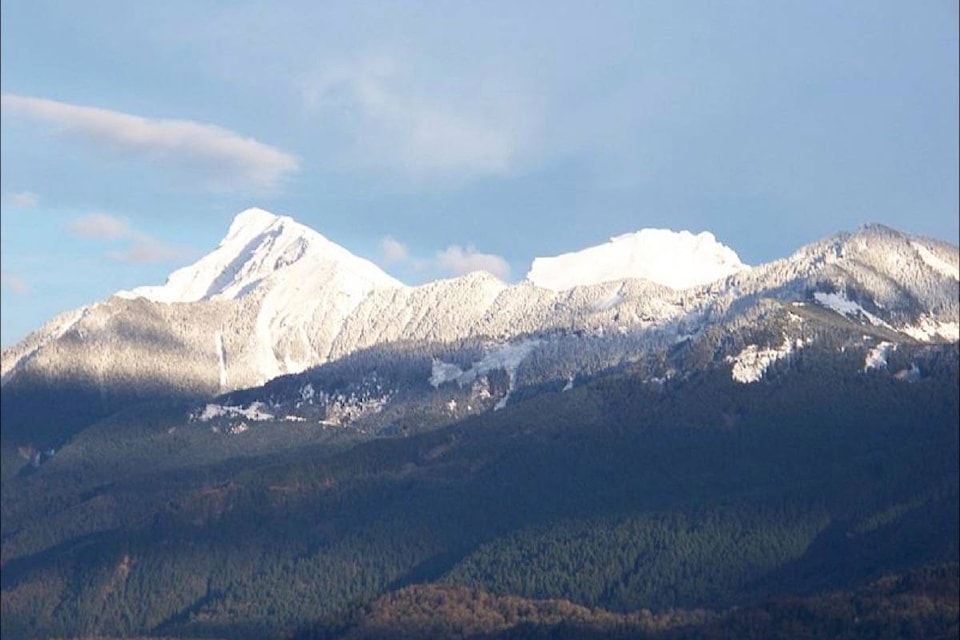A higher-than-usual snowpack in April could lead to increased flooding risk in B.C.’s wildfire-ravaged interior, officials say.
River Forecast Centre hydrologist Jonathan Boyd said this winter’s snowpack sits at 127 per cent – 32 percentage points higher than last winter’s.
“The provincial average was 123 per cent of normal in 2012 … and there was considerable flooding throughout the province,” Boyd told reporters Monday.
Areas like the Okanagan and Similkameen, where the snowpack sits at a record-breaking 152 per cent, could be at risk for higher flooding. The risk for anything above 135 per cent is extreme.
“Last year in the Okanagan, the snowpack was 105 per cent of normal, but the lake still experienced record inflows,” Boyd said.
A higher-than-normal flood risk is expected in the centre’s Cariboo Chilcotin, Thompson Okanagan, west coast and Kootenay Boundary regions, where wildfires burned hundreds of thousands of hectares of forest last summer.
The risk comes as fires burn away trees that provide shade and allow for slower melting.
Heavy melts in those regions could lead to riverbank erosion, as well as damage to dikes.
“Due to the fires, there’ll be a lot more debris in rivers going downstream … which can lead to erosion along banks and dykes,” Boyd said.
However, he cautioned that snowpacks were only one facet of flood risk.
“Weather patterns during the snow melt season play a critical role in weather or not flooding occurs,” he added.
“Intense or prolonged rainfall or extreme temperatures are important factors that can lead to flooding even in areas with a normal snowpack.”
B.C. spent most of this past winter under La Nina conditions, which tend to be cooler and accumulate more precipitation for B.C.’s southern half.
The April snowpack statistics are important, he said, because 95 per cent of the snowpack for the year has already accumulated.
However, with this year’s La Nina conditions, snow could continue to pile up throughout April and May.
“Snow basin indices tend to increase by two to five per cent in April,” said Boyd.
Snowmelt in B.C. typically begins in mid- to late-April.
If you want a visual, here's a map showing snowpack levels. From heaviest to lightest snowpack, dark blue, blue, turquoise is good, yellow is slipping and orange and red are bad. Red is really bad. @BlackPressMedia pic.twitter.com/ts06MkzA4K
— Kat Slepian (@katslepian) April 9, 2018
